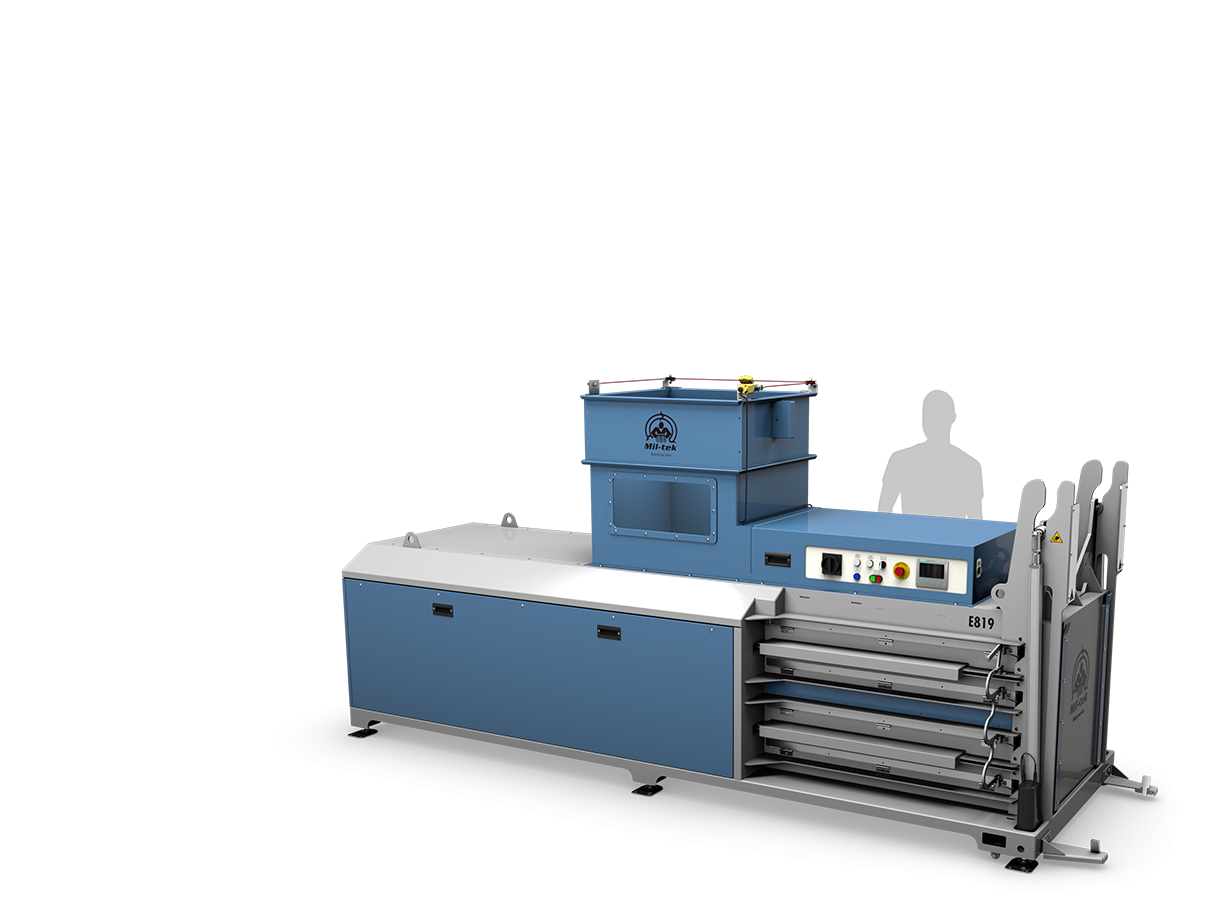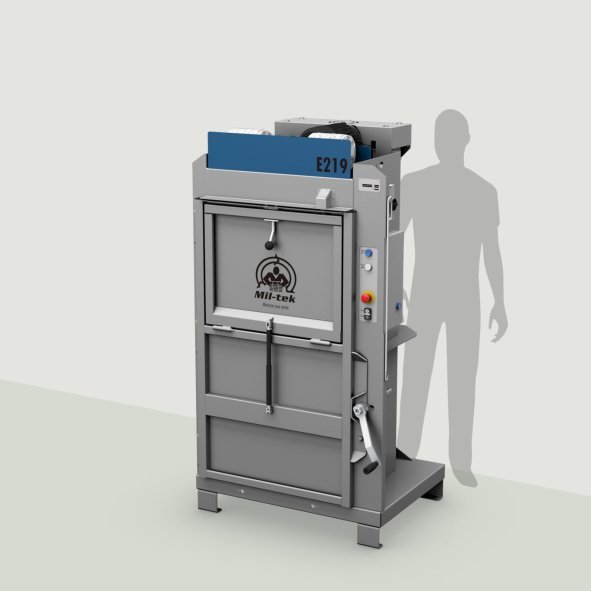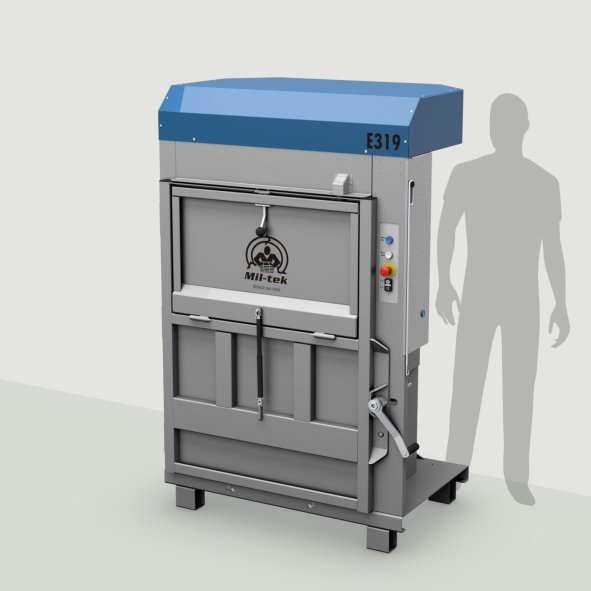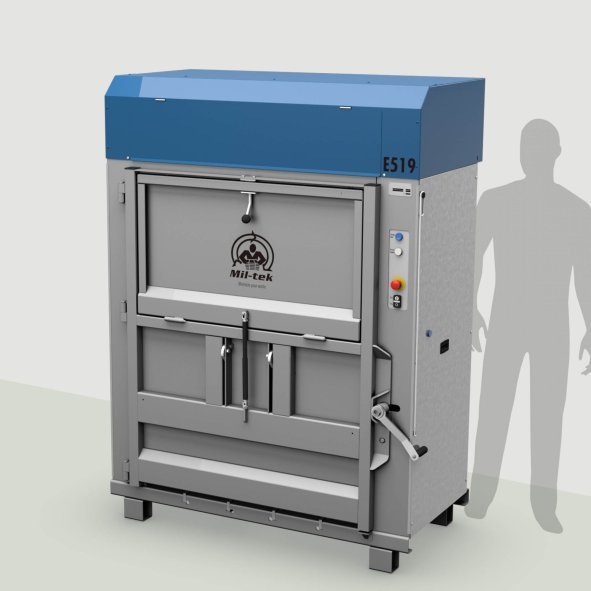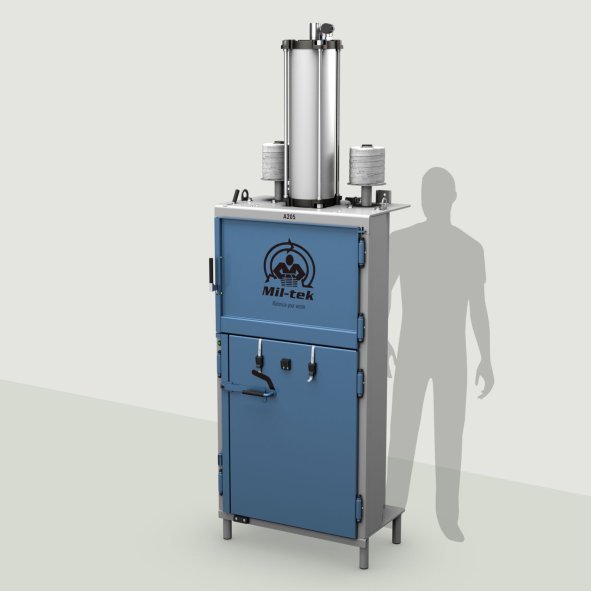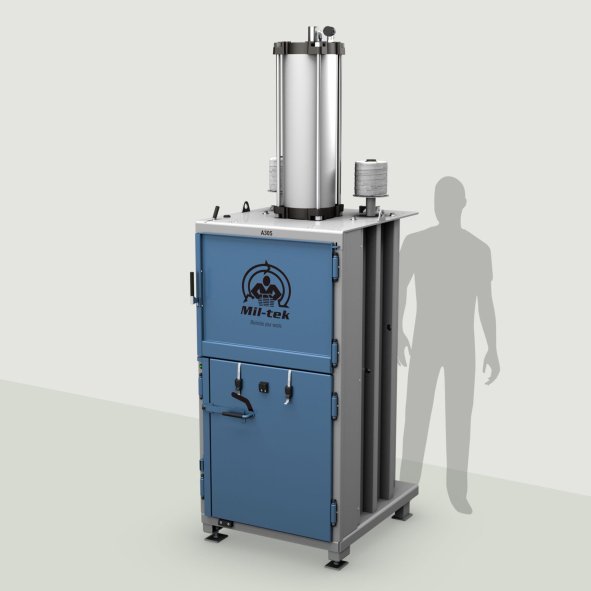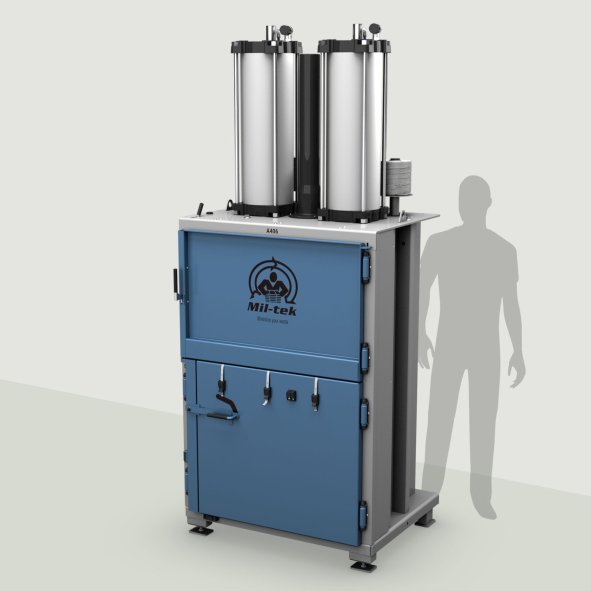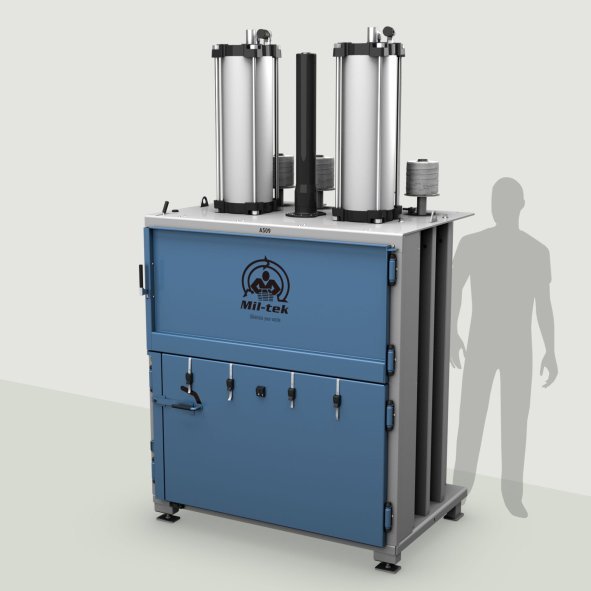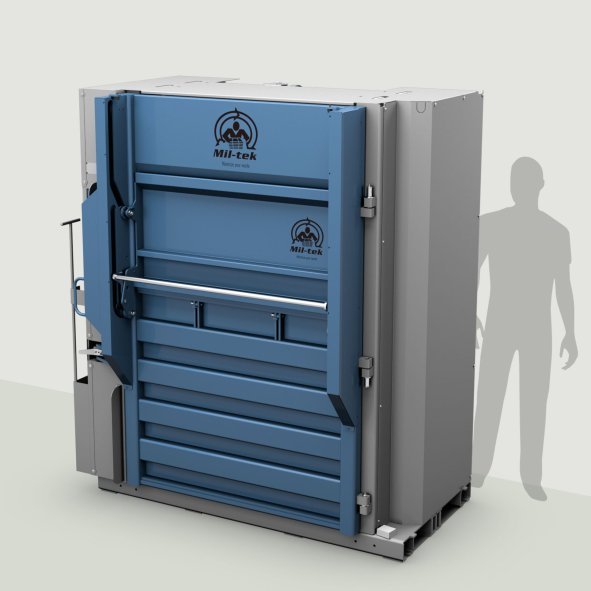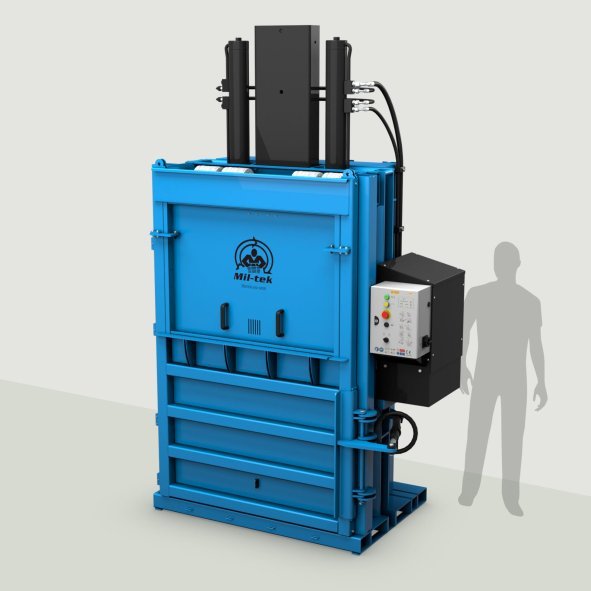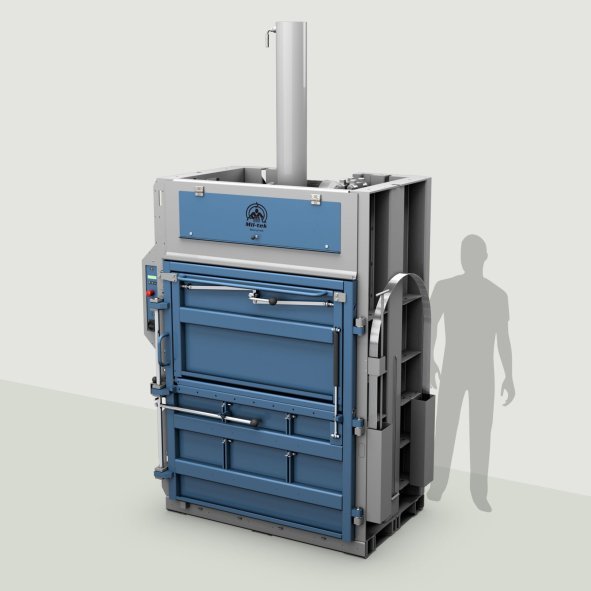Horizontal Baler FAQ
Why choose a horizontal baler?
A horizontal baler is ideal for businesses handling large volumes of waste efficiently. It offers high automation, continuous operation, and requires minimal manual effort, making waste management more streamlined and cost-effective.
How does a horizontal baler differ from a vertical baler?
A horizontal baler compacts waste in a horizontal direction and is often fully automated, whereas a vertical baler compresses materials vertically and typically requires manual or semi-automatic operation.
What size bales does a horizontal baler produce?
Bale sizes depend on the specific model. Weights can range from 200 kg to over 1 ton, depending on the material being compressed and the machine’s compaction force.
How are bales secured in a horizontal baler?
Bales are tied using either metal wire or plastic strapping, depending on the machine’s design and automation level.
What types of materials can be compacted with a horizontal baler?
Common materials include paper, cardboard, soft and hard plastics, PET bottles, textiles, and more.
How does the automatic function work in a horizontal baler?
Automatic operation allows the machine to detect and start compressing waste upon loading, handle the compression cycle, and eject finished bales without requiring constant manual supervision.
